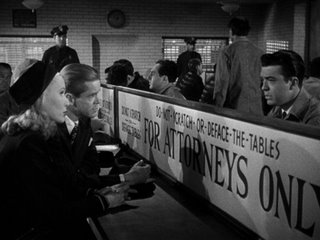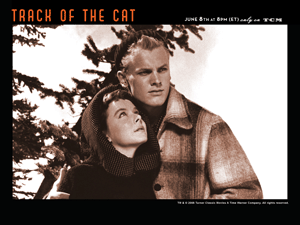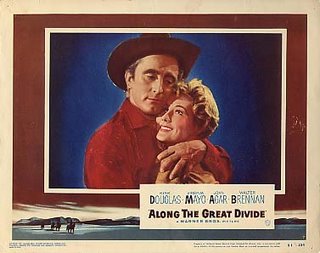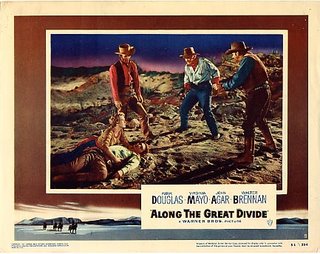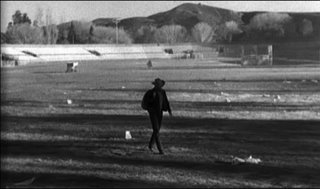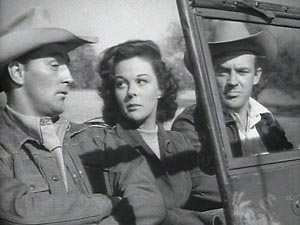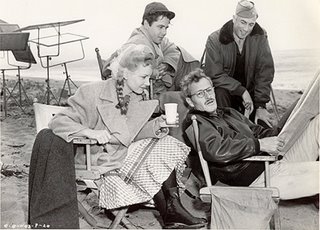 Just because you wanted to learn to fly?
Just because you wanted to learn to fly?That simple.
Didn't the prospect of getting killed enter your mind? I was nineteen years old, a crazy bastard. It never occurred to me until I got into it. When I got out there, I thought to myself, "What the hell are you doing here?" Then I wished I'd never gotten into it.
How close did you come to getting killed?I had a crack-up caused by the most useless things in the entire war: anti-aircraft guns. I and an Englishman are the only ones I know of who got shot down by those things. It didn't hurt me, but it blew my tail off so I had no control over the thing at all. Greatest goddamm acrobatics you ever saw in your life.
The courage it must have taken to go up in those flimsy crates . . .It wasn't courage: we all wanted to learn to fly and that was the quickest way. We only had four instruments, none of which worked, and no parachutes. It was wonderful!
Are you scared of dying?I hate to think about it. Certainly I am. I don't want to die now and I didn't want to then. I just didn't think about it as much then as I do now. I'm funny that way; I'm an Episcopalian, supposedly. I'm supposed to think there's a God. I say my prayers every night because my mother always taught me to.
Nowadays, lots of people look on World War One with nostalgia, as the last of the "noble" wars.Balls. In that movie
The Blue Max and others, these guys would come back to these beautifully dressed dames and champagne. Goddamn! At Lunéville, where I was stationed, there was one fairly good-looking girl and her mother. One. All the menfolk had been killed and she and her mother took in laundry. She wore wooden shoes, and your reputation was based on whether you were a no shoe man, a one shoe man or a two shoe man. If, during sex, you could shake both her shoes off, you were a hell of a lay.
She took everybody on?Not everybody. She confined it mostly to flyers. But, hell, there was no one else.
How many pilots were left after the war?Out of 222, eighty-seven were killed. I flew with Tom Hitchcock, the great polo player. Tom and I were in the "Black Cat" group.
What happened after the war?During the last six months of the war, I joined the American Air Corps because I was broke and they were trying to get us in. They made me an officer and sent me down to Rockwell Field in San Diego. I taught combat. I used to fly up and land on Doug Fairbanks' polo fields and spend the weekend with him; he had met me when I was playing hockey up in Boston and he was playing at the Colonial Theatre in a thing called "Hawthorne of the U.S.A." He used to come up and watch us play at the Boston Arena on Sundays. For some reason or another, he liked me and asked me to come backstage at the Colonial; that was the start of a very wonderful relationship.
So one day he told me that, after the war was over, he'd have a job for me. So when it was all over, he made me an actor. I was the juvenile in
Knickerbocker Buckaroo and then I played a sub-lieutenant in
Evangeline.
Eventually, I had guts enough to go look at myself and it made me so sick . . . I ran out of the theatre, went to Doug and said, "I don't mean any disrespect, but I'm no actor." Jesus, the guys from the Lafayette Flying Corps that were still alive were sending me the most insulting letters!
So Doug said, "What do you want to be?" So I pointed to Albert Parker, who was the director of occasion, and said, "Well, what does he make?" So Doug told me and I said "That's what I want to be." It was purely financial. So I finally got a job as a messenger boy, as an assistant cutter, an assistant property man, a property man, an assistant director, second unit director, and eventually I became a director.
What were those early westerns, your first directorial jobs, like?Oh, we had stories. Bad ones. That was when I made two of the worst pictures I've ever made in my life. One was with Dustin Farnum called
The Twins of Suffering Creek [actually released as
The Man Who Won]--now, you can just tell what a hell of a picture that had to be. Then I made one with Buck Jones, who was a western star, called
Cupid's Fireman. Great, great pictures!
If you look through my whole record, I made a lot of lousy pictures (never intentionally), a lot in the middle, and a few I puff my head out about. I think that's true of everybody. Even Jack Ford, as much as I admire him, went overboard on the Civil War. I got so sick of all those Civil War pictures; he used to have books under his pillow about the Civil War.
Tell me about Wings.
God, I made it in 1927, it's silent, the whole method of making pictures is different, the tempo is different, even the frame size is different. I look at some of those scenes today and say "Jesus, I couldn't have made that." But Clara Bow is magnificent; she holds the thing up. And Coop is good.
The battle sequences are still magnificent.
Oh yeah. All done with hand-cranked cameras. And those air battles - Arlen and Rogers had to go up and do it. There's even a zoom lens effect in one shot: Rogers crashes and jumps in a shellhole; then the enemy plane dives in on him, shooting. As the bullets splash around him, the camera zooms in; how'd you get that effect?
You really want to know the answer? I don't know; I can't remember. Honest and truly, I'd tell you in a minute but I can't remember. I think I did it with a hand-held, battery-run Eyemo. I think. We didn't have zooms, I know that.
In the air battles, how did you get the effect of the planes being on fire after they were hit?Well, we didn't set them on fire. Almost. We had incendiary torches that the guys would release from the cockpit on signal. We hoped that they wouldn't set the planes on fire and they didn't. We had a great bunch of guys on that film - all those crazy flyers, crazy as I am. We got along fine. They'd do anything I asked.
Labels: ENTREVISTAS





